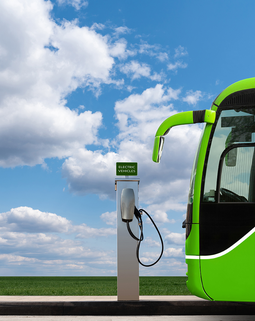The survival of John Mwangi is his 1992 vehicle. In addition to transporting him through the busy roads of Nairobi, the capital of Kenya, his outdated Toyota saloon also serves as his major source of income. Mwangi, 34, leaning against the empty trunk and flanked by ripe pumpkins, sweet potatoes, and other vegetables, detailed how it had changed his life.
Due to this unexpected rescuer, he has become a merchant, retailer, and businessman. However, Mwangi is not by himself. Used vehicles brought from outside, such as minibusses and vans, are transforming lives all over Africa and a significant portion of the poorest countries. However, their cost is high and rising across the board.
Thousands of used luminous automobiles are being imported from Europe, the United States of America, and Japan to Africa and Asia, but a surface UNEP assessment cautions that these automobiles are dangerous and polluted.
They emit harmful fumes, causing air pollution and impeding efforts to combat climate change, frequently due to broken or missing parts. Author of the report and Director of Transport at UNEP, Rob de Jong, stated, "Countries must stop shipping automobiles that are not more drivable and fail environmental and safety checks while acquiring countries must implement modern rules."
The primary source of nitrogen oxides and tiny particles that contribute to urban air pollution is the major source of air pollution. In addition, vehicles account for 25% of all power carbon dioxide emissions worldwide. Therefore, both selling and importing nations are urged by UNEP to control trade and eliminate several wrongdoings.
The need for a controlled trade is emphasized, as it may enhance someone's life and yield value. Following the announcement of strict new regulations for car emissions and fuel economy by 15 African nations, UNEP released its assessment.
The Economics Profession of West African States released the regulations with UNEP's assistance, banning the importation of small trucks older than five years to double the vehicle economy by 2030. The regulations are important in reducing greenhouse gases in an area with roughly 400 million residents and a high proportion of outdated automobiles.
For instance, the average age of automobiles imported by The Gambia is 18.8 years old, while the mean lifespan of automobiles purchased by Nigeria is nearly 20 years old. About 40% of old automobiles, such as the one Peter Karanja Njuguna drives, end up in Africa.
In an outdated 14-seat Nissan minibus that emits soot from sunrise to dusk, he transports people throughout Nairobi. He claims he is unsure of his car's actual age but estimates it to be between 10 and 15 years old.
Something greater would have been beyond his price range because it cost $3,000. He claims that the platinum-containing catalytic converter was taken out of the vehicle before it was exported. "They take away anything that isn't required for how we use things around here. They leave the essentials, he continued. It is reasonably priced to purchase but costly to maintain.





